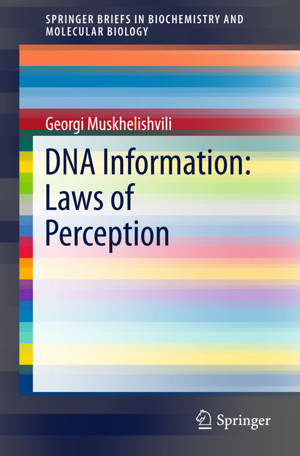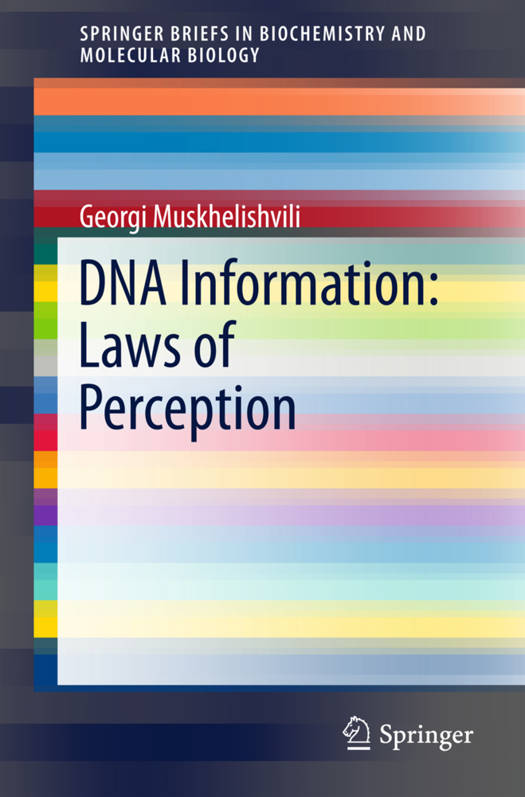
- Retrait gratuit dans votre magasin Club
- 7.000.000 titres dans notre catalogue
- Payer en toute sécurité
- Toujours un magasin près de chez vous
- Retrait gratuit dans votre magasin Club
- 7.000.0000 titres dans notre catalogue
- Payer en toute sécurité
- Toujours un magasin près de chez vous
Description
This book explores the double coding property of DNA, which is manifested in the digital and analog information types as two interdependent codes. This double coding principle can be applied to all living systems, from the level of the individual cell to entire social systems, seen as systems of communication. Further topics discussed include the ubiquitous problem of logical typing, which reflects our inherent incapacity to simultaneously perceive discontinuity and continuity, the problem of time, and the peculiarities of autopoietic living systems. It is shown that the scientific "truths" that appear to be coherent constructions connecting the scientifically verified observations by the rules of logic are in fact always relative and never absolute.
Spécifications
Parties prenantes
- Auteur(s) :
- Editeur:
Contenu
- Nombre de pages :
- 92
- Langue:
- Anglais
- Collection :
Caractéristiques
- EAN:
- 9783319174242
- Date de parution :
- 20-04-15
- Format:
- Livre broché
- Format numérique:
- Trade paperback (VS)
- Dimensions :
- 156 mm x 234 mm
- Poids :
- 154 g

Les avis
Nous publions uniquement les avis qui respectent les conditions requises. Consultez nos conditions pour les avis.






